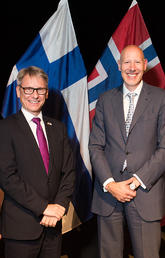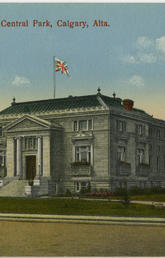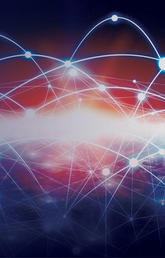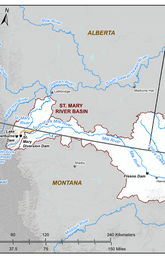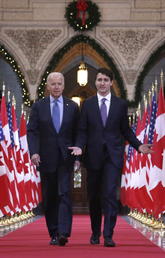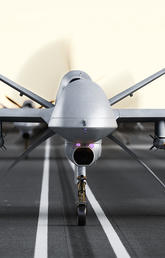Dec. 21, 2022
Annual Santa-tracking tradition reminds North Americans about the importance of NORAD
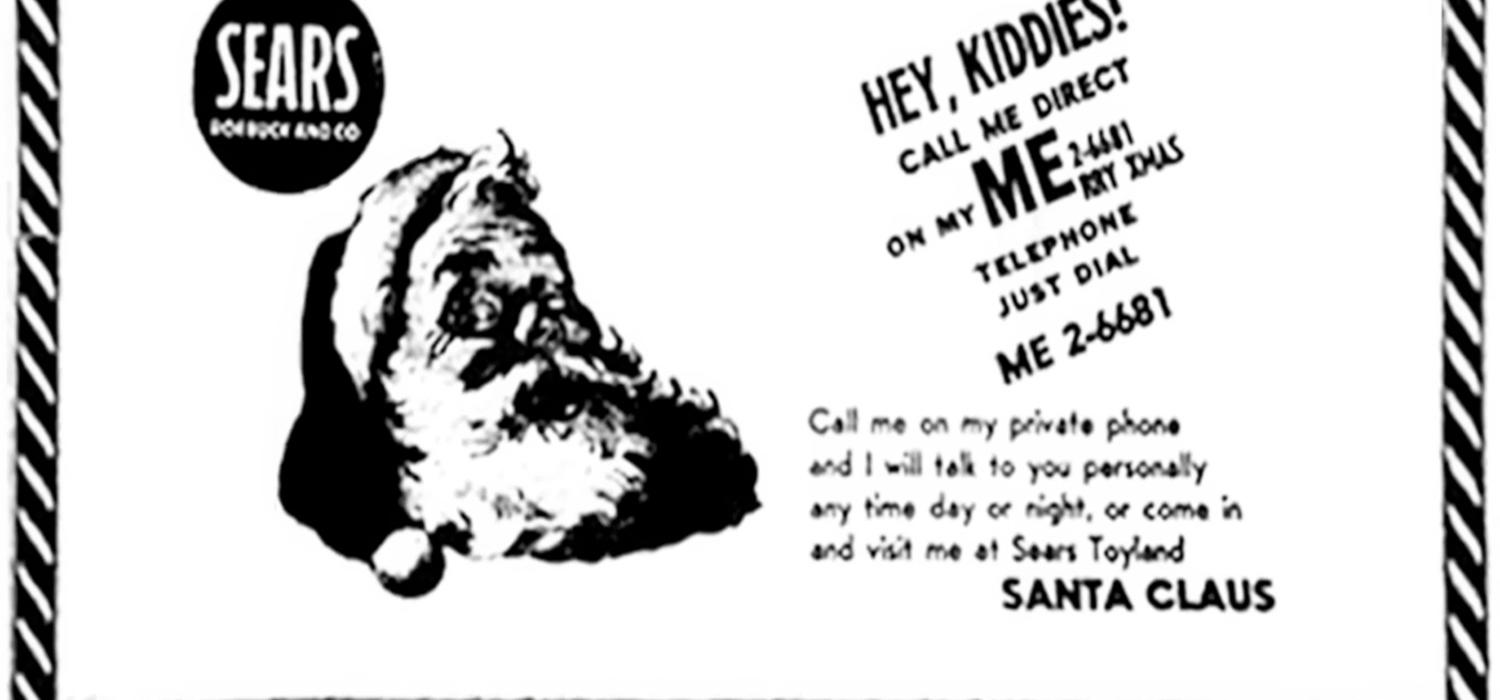
In December 1955, a phone rang in the Continental Air Defense Command (CONAD) Operations Center in Colorado Springs, Colo.
Given the relatively few people in the world who knew that specific number, it came as quite a surprise to Air Force Colonel Harry Shoup, the commander on duty at the time, that the voice on the other end of the phone wasn’t that of a four-star general but that of a little girl.
A local newspaper had run a Sears ad inviting children to call Santa using the phone number ME 2-6681, a misprint that resulted in children calling one of the most important phones in the United States looking for an update on their Christmas presents.
Realizing that an error had been made, Shoup took on the mantle of Santa Claus and talked to the little girl. He then assigned a duty officer to continue fielding calls to the line throughout December, giving birth to a nearly 60-year-old tradition that continues to this day.
In 1958, the North American Aerospace Defense Command (NORAD) was formed and took on the Christmas duty of tracking the man in red and his sleigh across the December sky.
It’s a big departure from the usual work of this combined Canadian and American organization.
“NORAD was created for and continues to provide the maintenance of nuclear deterrence against the Soviets and now the Russians,” says Dr. Rob Huebert, PhD, an associate professor in the Department of Political Science at the University of Calgary.
Huebert says NORAD was formed during a time when the Soviet Union first posed an existential threat to the west, and the fear was they would attack North America using their bomber fleet armed with nuclear weapons. NORAD made North American northern airspace into one entity so bureaucratic or national differences wouldn’t prevent surveillance and defence from being conducted to warn of the bombers and to engage them if necessary.
When the Americans and Russians developed intercontinental ballistic missiles as the main delivery agent for their nuclear weapons, NORAD’s mandate became warning against the approach of missiles. It is important to note that NORAD provides a warning that the missiles are coming, not a defense against them.
Flash forward to today, and a period of direct challenges from the Putin administration, where the Russian state is developing delivery systems, like hypersonic missiles, capable of possibly breaking the existing NORAD detection systems, which were last updated in 1985.
Huebert says in response, Canada has said it will modernize NORAD, but it isn’t yet clear how much funding will be provided or how serious this claim is.
“In the face of a Russia that is increasingly willing to threaten the possible use of nuclear weapons and is spending the money on these delivery systems to make good its threats, NORAD remains relevant and maybe even more so today,” he says.
This stands in stark contrast to tracking Santa and his reindeer, but by doing the fun public relations program they let the public know they’re still vigilant.
“They realized that this was a good way of getting the message out that they were still on guard,” says Huebert. “As a result, they’ve embraced it, and to such a degree that every Christmas it’s important for them to do it.”
NORAD has developed an entire website dedicated to tracking Santa, including using radar to detect where in the sky he is and what trajectory he is on.
Huebert says anyone who studies NORAD knows the darker tone of the organization’s true purpose, so it’s nice for the people within the organization to blow off some steam.
Given that the probability of tactical nuclear war in the northern regions has increased substantially since 2014, the people working within the organization need that outlet.
“You’re dealing with the most horrific decisions possible if things go bad,” says Huebert.
“Something like this allows them to express their humanity.”

